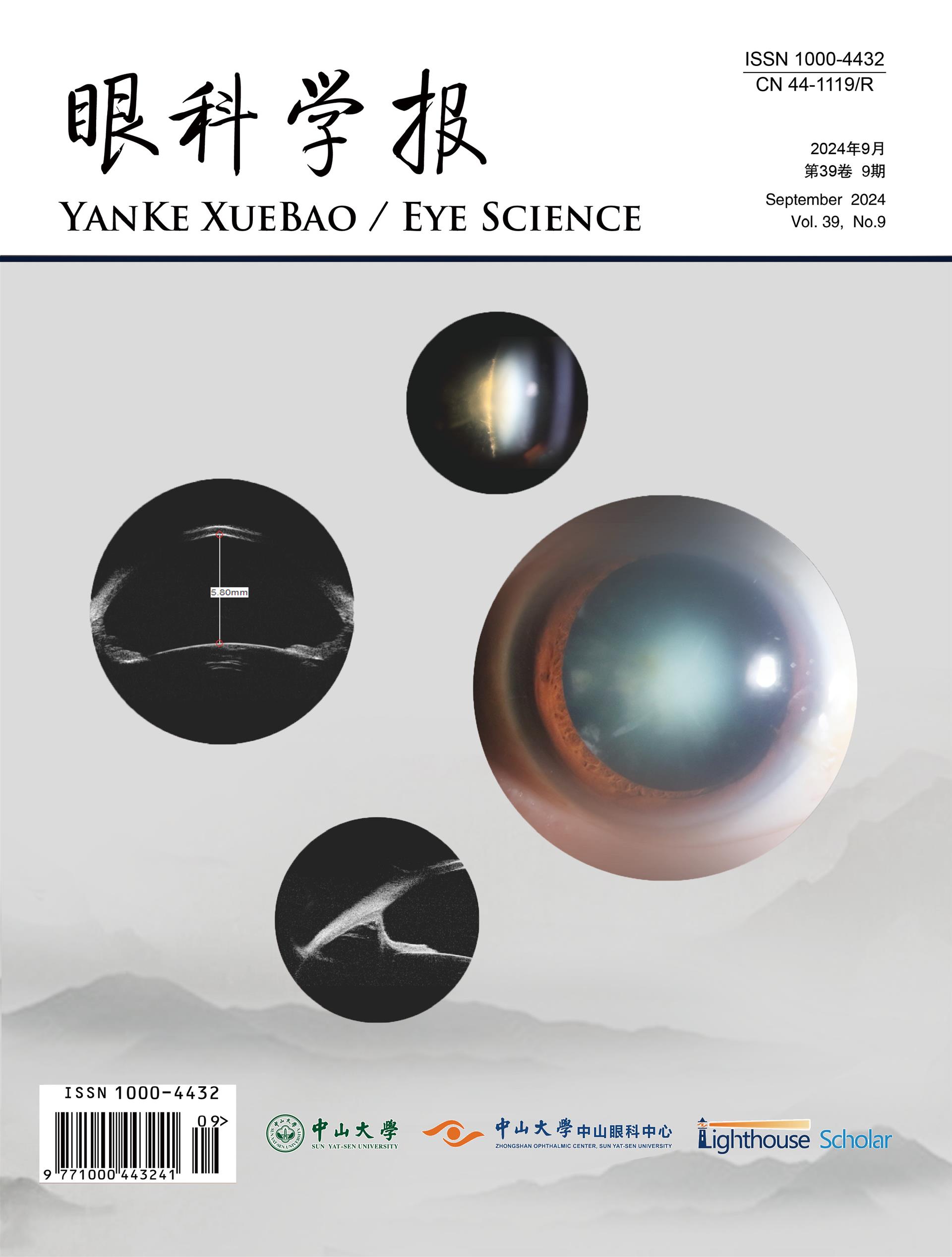中国儿童眼轴长和眼高的纵向关系:广州双眼研究。
引用次数: 1
摘要
目的了解轴向长度(AL)和轴向高度的生长模式,并探讨两者随时间的变化关系。方法对广州双胞胎眼研究的双胞胎进行随访5年。双眼AL测量采用部分相干干涉测量法,高度测量采用标准量表。采用多元多水平混合模型进行数据分析。结果共纳入1217例儿童。AL和身高均随年龄增长而增加,但增长速度减慢。高度增长减缓速率为-0.34 cm/年;AL的生长速率为-0.01 mm/年。AL与身高呈正相关,相关系数R = 0.22 (Cov[高度截距,AL截距]= 1.56,95% CI = 1.14 ~ 1.99)。AL的生长速率与高度也呈正相关,相关系数R=0.18 (Cov[高度斜率,AL斜率]= 0.03,95% CI = 0.01 ~ 0.05)。然而,身高较高的儿童身高增长速度较慢,相关系数R = -0.12 (Cov[高度截距,高度斜率]= -1.33,95% CI = -2.25 ~ -0.42);但AL生长较快,相关系数R = (Cov[高度截距,AL斜率]= 0.02,95% CI = -0.05 ~ 0.08, R = 0.02)。AL与其生长率呈正相关,相关系数R = (Cov [AL截距,AL斜率]= 0.04,95%CI = 0.03 ~ 0.05, R = 0.3);AL的生长速率与高度呈负相关,相关系数R = (Cov [AL截距,高度斜率]= -0.03 95%CI = -0.16 ~ 0.1, R = -0.02)。结论儿童AL的增加与身高的增加有关。他们的身高增加得越快,他们的AL增加得越快。本文章由计算机程序翻译,如有差异,请以英文原文为准。
Longitudinal Relationship between Axial Length and Height in Chinese Children: Guangzhou Twin Eye Study.
PURPOSE
To understand the growth model of axial length (AL) and height, and to explore the relationship between the two with the passage of time.
METHODS
We followed twins in the Guangzhou Twin Eye Study for five years. The AL of both eyes was measured by partial coherence interferometry, and height was measured by a standard scale during each visit. A multivariate multilevel mixed model was adopted for data analysis.
RESULTS
A total of 1217 children were included in the study. Both AL and height increased, but the rate of growth slowed down with age. The mitigation rate of height growth was -0.34 cm/year; while that of AL growth was -0.01 mm/year. AL was positively related to height, with a relevant coefficient of R = 0.22 (Cov [height intercept, AL intercept] = 1.56, 95% CI = 1.14 to 1.99). The growth rates of AL and height were also positively related, with a relevant coefficient of R=0.18 (Cov [height slope, AL slope] = 0.03, 95% CI = 0.01 to 0.05). However, taller children had slower rates of height increases, with a relevant coefficient of R = -0.12 (Cov [height intercept, height slope] = -1.33, 95% CI = -2.25 to -0.42); but had faster AL growth, with a relevant coefficient of R = (Cov [height intercept, AL slope] = 0.02, 95% CI = -0.05 to 0.08, R = 0.02). AL and its growth rate were positively related to each other, with a relevant coefficient of R = (Cov [AL intercept, AL slope] = 0.04, 95%CI = 0.03 to 0.05, R = 0.3); while the growth rates of AL and height were negatively related to each other, with a relevant coefficient of R = (Cov [AL intercept, height slope] = -0.03 95%CI = -0.16 to 0.1, R = -0.02).
CONCLUSION
The increase in children's AL is relevant to their height increases. The faster their height increases, the faster their AL increases.
求助全文
通过发布文献求助,成功后即可免费获取论文全文。
去求助
来源期刊
自引率
0.00%
发文量
1312
期刊介绍:
Eye science was founded in 1985. It is a national medical journal supervised by the Ministry of Education of the People's Republic of China, sponsored by Sun Yat-sen University, and hosted by Sun Yat-sen University Zhongshan Eye Center (in October 2020, it was changed from a quarterly to a monthly, with the publication number: ISSN: 1000-4432; CN: 44-1119/R). It is edited by Ge Jian, former dean of Sun Yat-sen University Zhongshan Eye Center, Liu Yizhi, director and dean of Sun Yat-sen University Zhongshan Eye Center, and Lin Haotian, deputy director of Sun Yat-sen University Zhongshan Eye Center, as executive editor. It mainly reports on new developments and trends in the field of ophthalmology at home and abroad, focusing on basic research in ophthalmology, clinical experience, and theoretical knowledge and technical operations related to epidemiology. It has been included in important databases at home and abroad, such as Chemical Abstract (CA), China Journal Full-text Database (CNKI), China Core Journals (Selection) Database (Wanfang), and Chinese Science and Technology Journal Database (VIP).

 求助内容:
求助内容: 应助结果提醒方式:
应助结果提醒方式:


